In the ever-evolving world of lighting technology, LED lights have emerged as the frontrunners, offering energy efficiency, longevity, and superior brightness. If you’re still stuck with traditional fluorescent or incandescent lighting, it might be time for an upgrade. Today, we’ll explore the benefits of LED lights and guide you through converting your existing fluorescent and incandescent fixtures to LED.
Understanding the Advantages of LED Lights
- Energy Efficiency
One of the primary reasons to switch to LED lights is their remarkable energy efficiency. Learn how LED technology can significantly reduce your electricity bills while providing the same, if not better, illumination.
- Longevity
Say goodbye to frequent bulb replacements. Dive into the impressive lifespan of LED lights and discover how this longevity translates to cost savings in the long run.
- Environmentally Friendly
Explore the eco-friendly aspects of LED lighting, from reduced carbon footprints to the absence of hazardous materials, making them a sustainable choice for the planet.
Converting Fluorescent Lights to LED
- Retrofitting vs. Replacement
Understand the two main methods of converting fluorescent fixtures to LED: retrofitting and complete replacement. We’ll weigh the pros and cons of each approach to help you make an informed decision.
- Choosing the Right LED Tubes
Delve into the world of LED tubes and learn to select the right ones for your fluorescent fixtures. We’ll discuss factors like color temperature, lumens, and ballast compatibility.
- Step-by-Step Installation Guide
Follow our comprehensive step-by-step guide to safely and efficiently convert your fluorescent lights to LED. Tips, tricks, and potential pitfalls will be covered to ensure a smooth transition.
Upgrading from Incandescent to LED
- Benefits of Switching
Examine why upgrading from incandescent bulbs to LED lights is a smart choice. From improved energy efficiency to better light quality, discover the advantages awaiting you
- Selecting the Right LED Bulbs
Navigate through the myriad of LED bulb options available for incandescent replacements. We’ll help you understand terms like wattage equivalents, color rendering index (CRI), and more.
- Installation Made Easy
Equip yourself with the knowledge needed to seamlessly transition from incandescent to LED bulbs. Our detailed installation guide will cover everything you need to know.
As we’ve explored, the benefits of converting to LED lights are substantial, offering a win-win situation for both your wallet and the environment. Whether you’re looking to upgrade fluorescent fixtures or replace incandescent bulbs, this guide has equipped you with the information needed to make a successful transition. It’s time to illuminate your space with the brilliance of LED technology and embrace a brighter, more sustainable future.

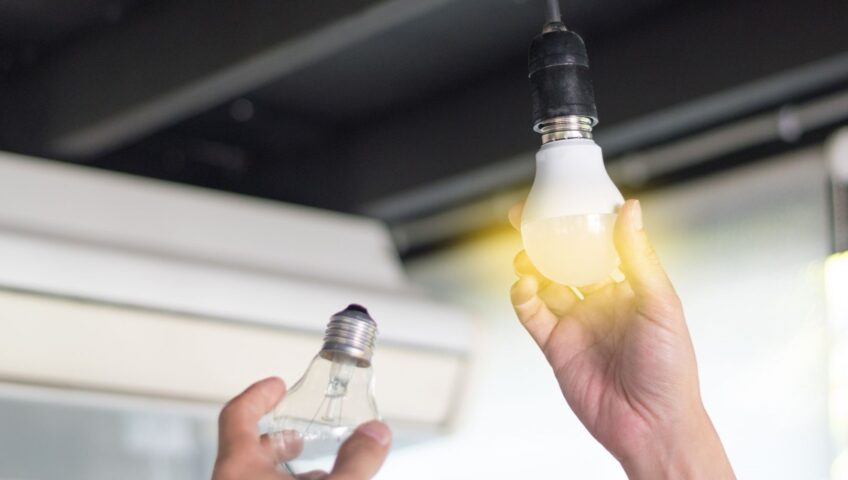

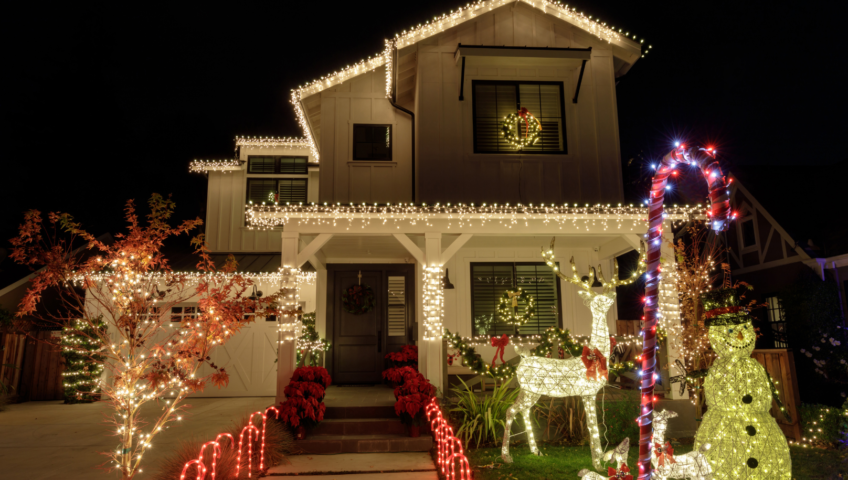
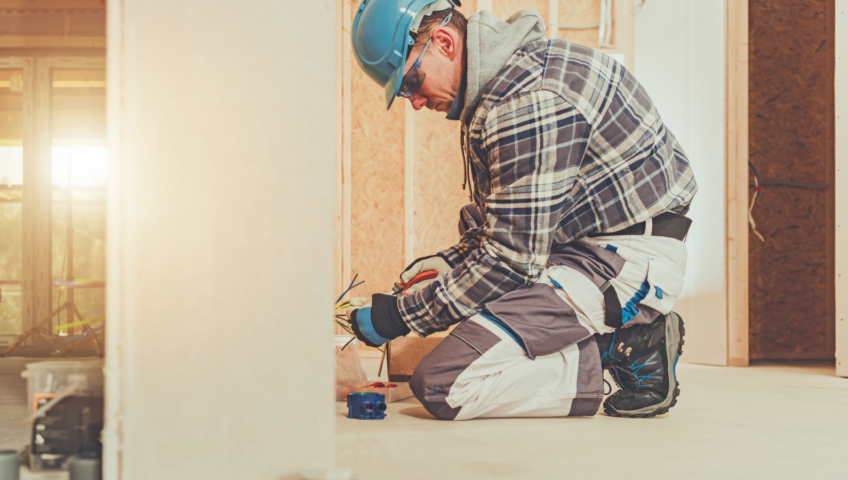
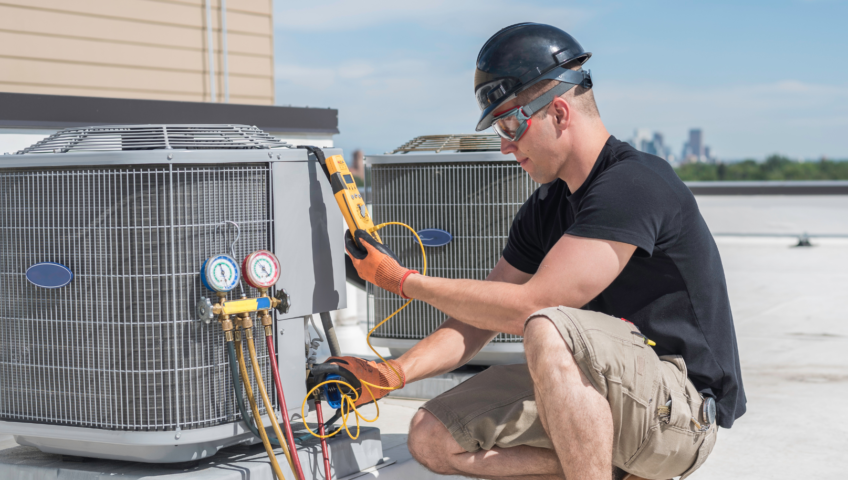
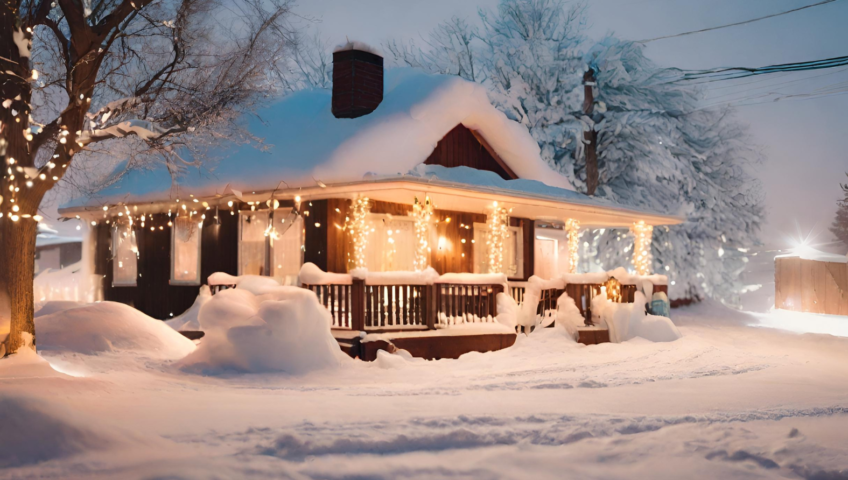
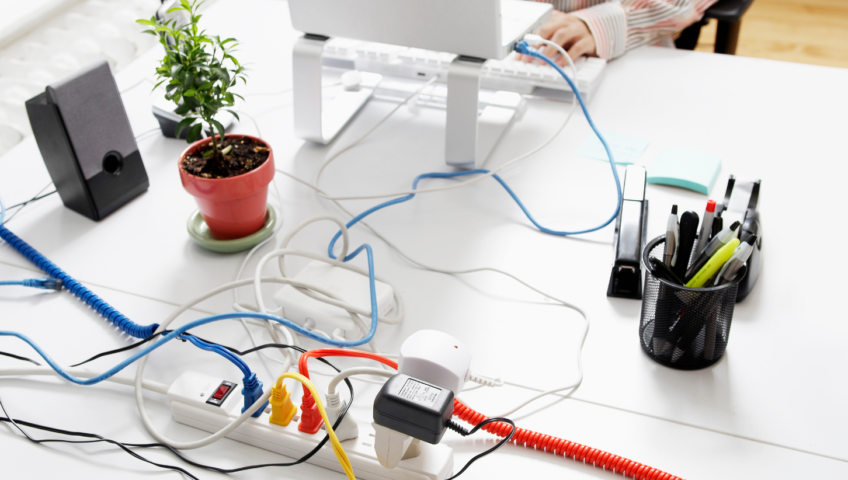
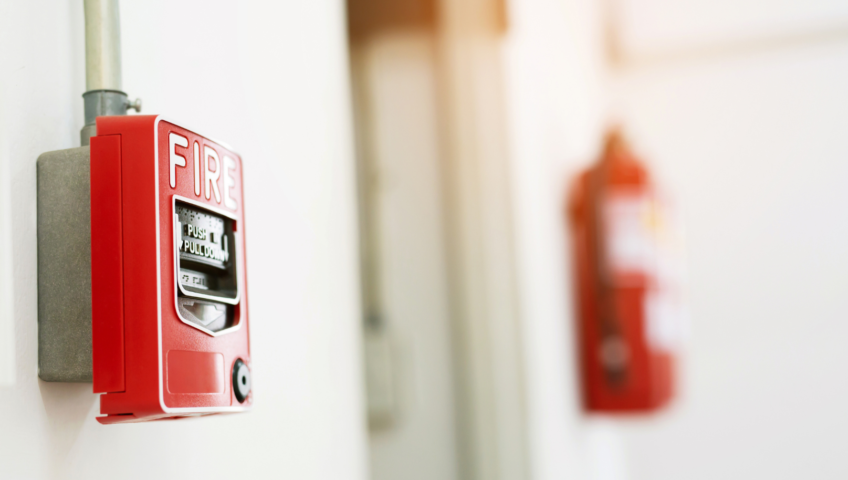
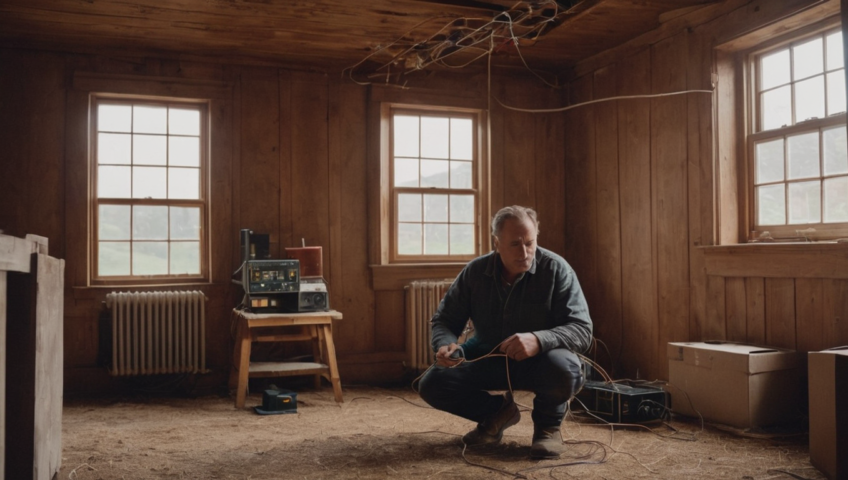
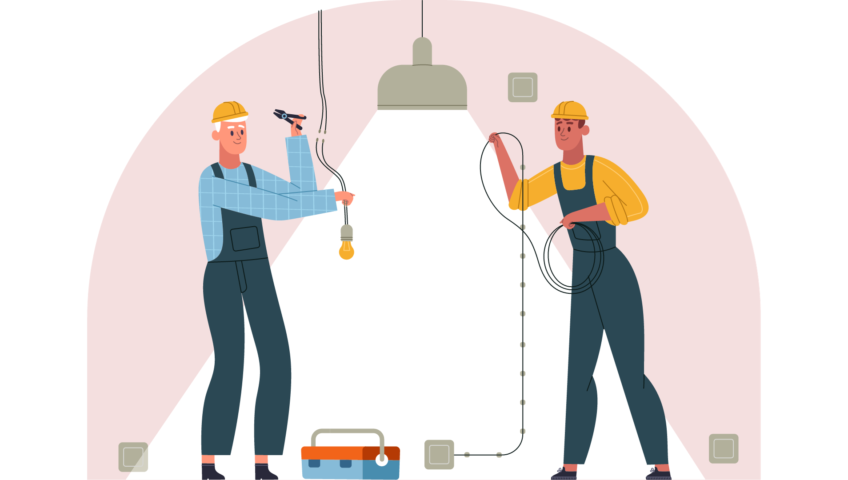
Recent Comments